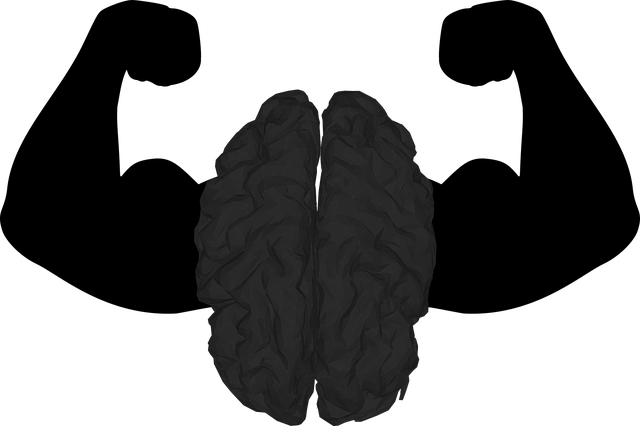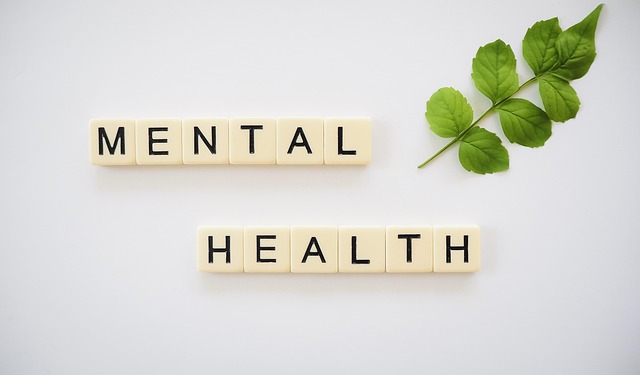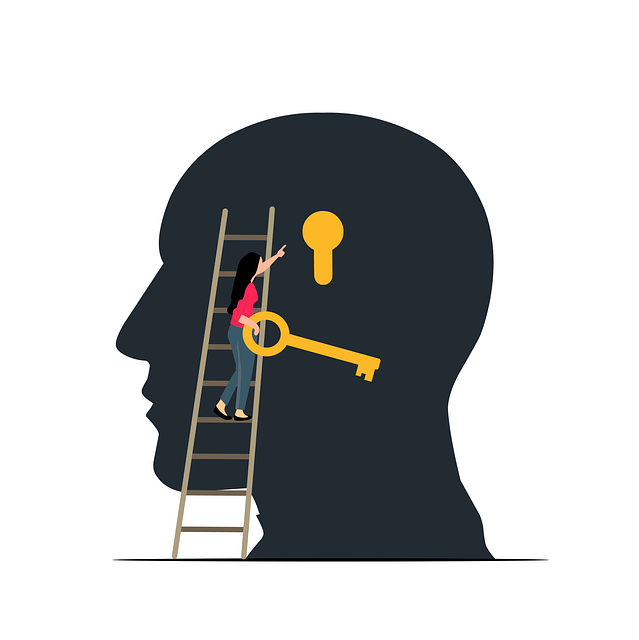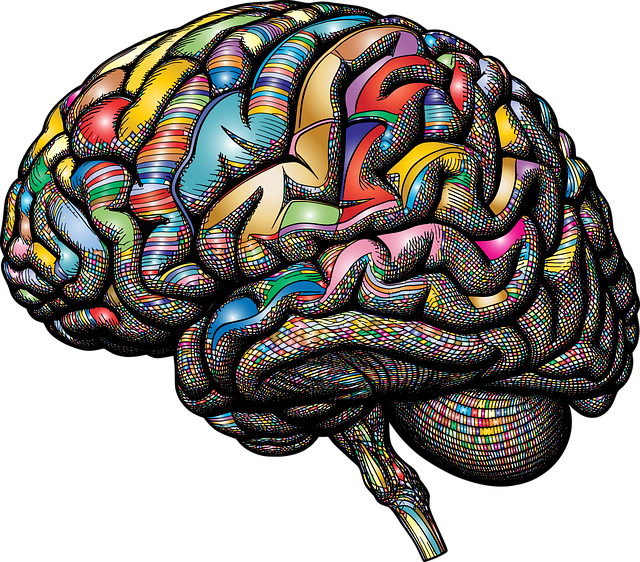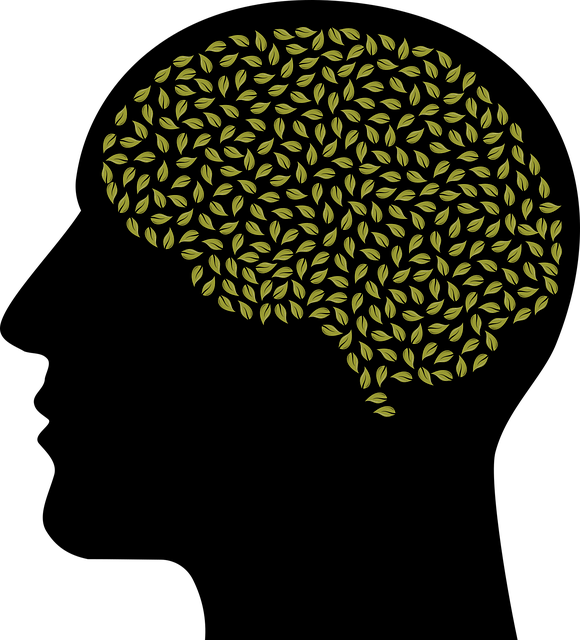Panic disorder and anxiety attacks are common mental health issues globally, exacerbated by various factors including genetics, brain chemistry, trauma, and stress. Early recognition is key for effective management through therapy like cognitive-behavioral therapy (CBT), which targets negative thought patterns. Self-care strategies, such as mindfulness meditation, exercise, adequate sleep, and hobbies, are crucial for prevention of burnout among healthcare providers treating these conditions. CBT equips individuals with tools to identify triggers, challenge negative thoughts, and adopt healthy coping strategies, improving overall mental wellness and quality of life.
Self-care is a powerful tool for managing panic disorder and anxiety attacks, which affect millions worldwide. Understanding these conditions, their symptoms, and causes is the first step towards improvement. This article explores effective self-care strategies tailored for adults dealing with panic disorders. We delve into practical techniques to reduce stress, improve mental well-being, and enhance overall quality of life. Additionally, we discuss the transformative role of therapy in empowering individuals to take control and effectively manage their symptoms through personalized care.
- Understanding Panic Disorder and Anxiety Attacks: Symptoms and Causes
- Incorporating Effective Self-Care Strategies for Management
- The Role of Therapy in Enhancing Self-Care for Adult Panic Disorders
Understanding Panic Disorder and Anxiety Attacks: Symptoms and Causes

Panic disorder and anxiety attacks are common mental health issues affecting adults worldwide. Understanding these conditions is crucial in managing them effectively. Panic disorder is characterized by recurrent, unexpected panic attacks, which are intense periods of fear or discomfort accompanied by physical symptoms like rapid heartbeat, sweating, and shortness of breath. These episodes can occur seemingly at random, causing significant distress and disrupting daily life.
The causes of panic disorder are multifaceted. Genetic predisposition, brain chemistry imbalances, traumatic experiences, and environmental stressors all play a role. Anxiety attacks, often linked to panic disorder, can be triggered by stress or anxiety-provoking situations but also arise spontaneously. Recognizing the symptoms early on is vital for seeking appropriate therapy for adults with panic disorder and anxiety attacks, such as cognitive-behavioral therapy (CBT), which focuses on identifying and changing negative thought patterns and behaviors contributing to the condition. Effective treatment plans also include confidence-boosting techniques, stress reduction methods, and burnout prevention strategies particularly tailored for healthcare providers dealing with high-stress environments.
Incorporating Effective Self-Care Strategies for Management

Incorporating effective self-care strategies is a vital component of managing panic disorder and anxiety attacks, especially for adults seeking therapy. Beyond regular therapy sessions, individuals can proactively improve their mental well-being through practices that reduce stress and promote resilience. Mindfulness meditation, for instance, has been shown to be an effective tool in Mental Health Policy Analysis and Advocacy, helping to calm the mind and reduce symptoms of anxiety. By integrating mindfulness into daily routines, adults with panic disorder can better navigate triggers and develop coping mechanisms that enhance their overall quality of life.
Additionally, healthcare providers dealing with Burnout Prevention Strategies should prioritize self-care as an integral part of their professional lives. They often bear significant emotional burdens, making it crucial to implement strategies that foster mental health and prevent exhaustion. Simple yet powerful techniques, such as regular exercise, adequate sleep, and engaging in hobbies, can significantly contribute to burnout prevention. These practices not only support the providers’ well-being but also enable them to offer more effective Therapy for Adults Panic Disorder and Anxiety Attacks, creating a positive cycle that benefits both their professional and personal lives.
The Role of Therapy in Enhancing Self-Care for Adult Panic Disorders

For individuals struggling with adult panic disorders and anxiety attacks, therapy plays a pivotal role in improving self-care practices. It provides a safe space for individuals to understand and manage their condition effectively. Through various therapeutic approaches like cognitive-behavioral therapy (CBT), patients learn to identify triggers, challenge negative thought patterns, and develop coping mechanisms tailored to their needs. This not only reduces the frequency and intensity of anxiety attacks but also empowers them to take charge of their mental wellness.
Incorporating cultural competency training for healthcare providers is essential in this context. By understanding the diverse cultural backgrounds and beliefs of patients, therapists can offer more personalized care. This approach ensures that stress reduction methods are culturally sensitive, increasing their effectiveness. Ultimately, therapy equips individuals with the tools to enhance self-care, leading to improved mental wellness and a higher quality of life.
By understanding panic disorder and anxiety attacks, incorporating effective self-care strategies, and considering therapy for adults with panic disorders, individuals can significantly enhance their overall well-being. These practices aim to manage symptoms, promote resilience, and improve the quality of life. If you or someone close to you struggles with panic disorder and anxiety attacks, seeking professional help through therapy can be a game-changer. In today’s digital era, it’s essential to prioritize mental health and explore various resources available for support.
